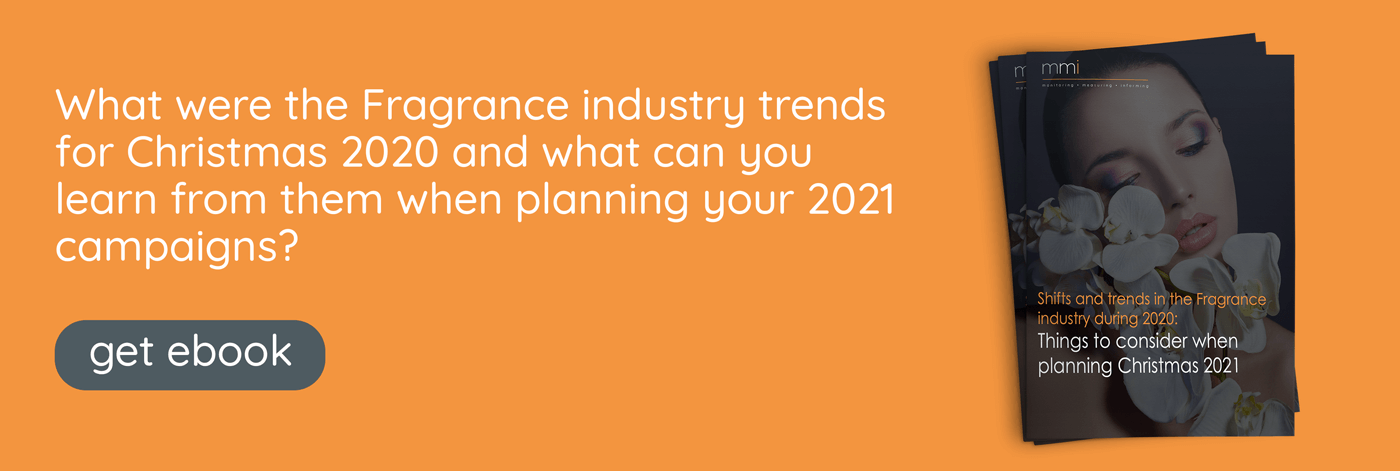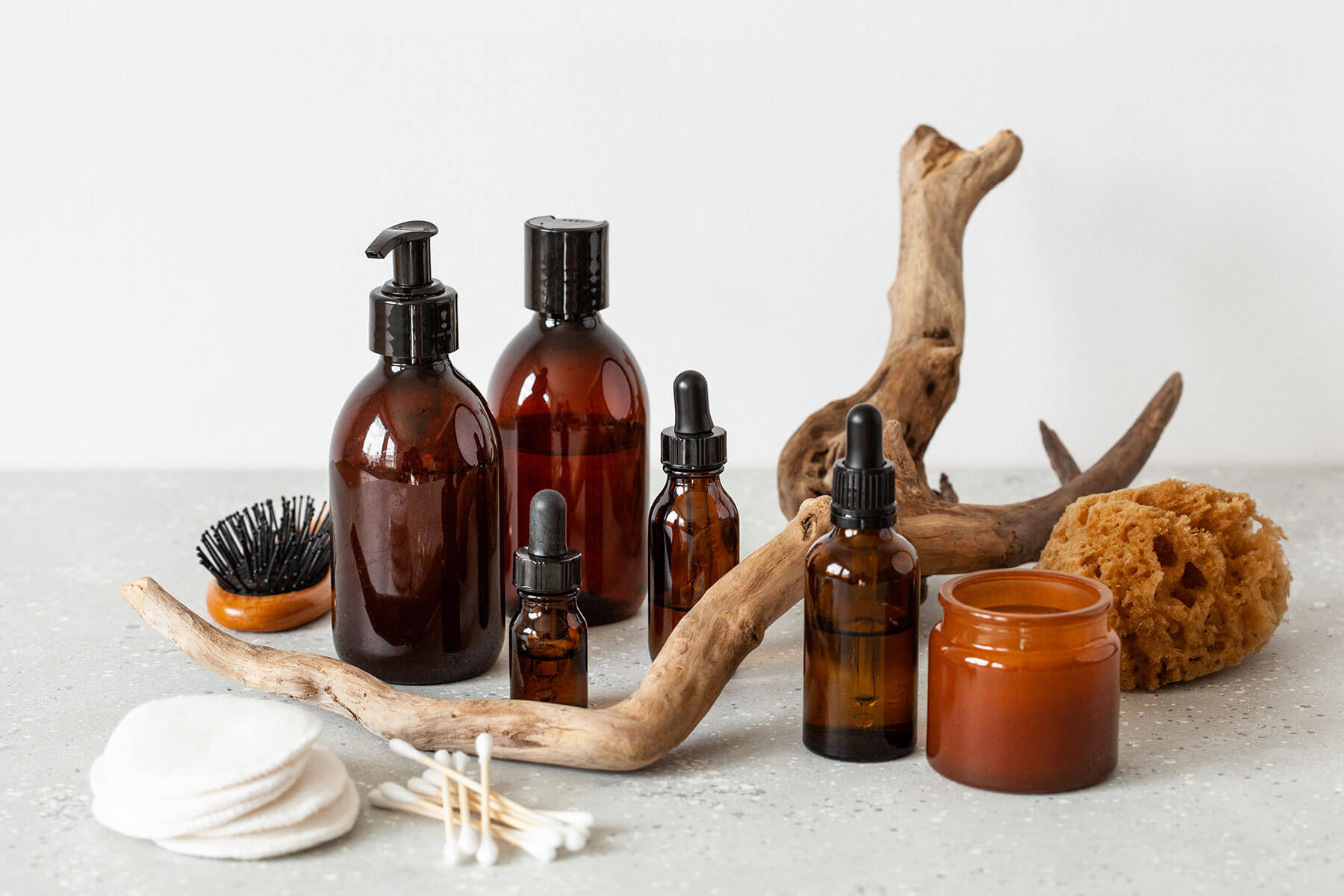We’re living in a ‘see it, want it, buy it’ world, where the goal is no longer just to drive consumers to a purchase. Now, brands must proactively drive the purchase to the consumer. Through swipe-up links on Instagram Stories and product tags on YouTube videos, beauty shoppers have come to expect a quick, clear and concise customer journey.
So, it’s no wonder that more brands are choosing to invest in co-op advertising; a model that sees product banners take centre stage on etailers’ websites. Grabbing consumers in a shopping mindset, these ads are just a click or two away from a conversion. But, here’s the catch: they don’t all offer the same revenue-boosting opportunities.
When planning a co-op ad, it’s easy to take visibility for granted, assuming your high investment will help you secure a high level of reach. However, in order to understand the impact you can hope to achieve from your ad, it’s vital to look at your share of voice (SOV) – then strategise ways to boost your reach.
What is Share of Voice?
Put simply, share of voice is a percentage measure of the market share your brand owns within a category. In the co-op ad space, it tells you how much visibility your brand has secured versus your competitors. Etailer SOV has been shown to have a direct impact on sales performance, so aiming for a high share is key to driving an impact with your latest beauty launch. Every placement on an etailer website offers you a different level of visibility, so using SOV data in the planning phase is key to gaining lucrative spots.
Collecting and Using Share of Voice Data
So, how do you gain access to this data? The right tool, such as adCHECK, will measure the advertising presence of your competitors on an hourly basis, within your chosen category. For example, if you’re launching a new face serum, and you want to see how visible your skincare competitors’ co-op ads are, you can obtain the SOV figures quickly within the platform. This gives you benchmarking figures.
Not only can you use these figures to set goals for your own co-op campaigns, but you can also identify lucrative placements ahead of the negotiation phase. You’ll be able to see whether booking a banner on ASOS’s ‘New In’ page gets more eyes on your product, or which frame in the Boots homepage carousel banner gains the highest reach.
If you work with a range of etailers, use this data to compare each of them first, looking at which store offers the most visibility for your brand. Then, within the chosen etailer, identify placements that secure the highest SOV. One other tactic is to look out for spots a competitor regularly books for key consumer periods. If they’re returning to a placement, this indicates that it’s delivered a strong return.
Harnessing this data before booking ads means you go into etailer negotiations with a strategy; one that ensures you don’t merely end up with the placement they want you to have, but the one that drives results. It also lets etailers know that you have a keen awareness of which placements propel your reach, so they’re more likely to offer you lucrative spots in the future.
It’s important to keep tracking your campaigns while they are live on the site, too. Especially as mmi data found that 43% of co-op ads do not appear in the agreed space for the agreed time. These are errors that directly impact your reach and visibility. By measuring performance on a tool that provides hourly screenshots of your ads, such as adCHECK, you have visible proof of breaks in compliance, allowing you to fast-track a fix – or secure a rebate as compensation.
What to find out more about optimising your co-op ads? Read our comprehensive guides:
- 5 components of retailer ad compliance and how to check them
- 3 ways ad tracking can boost your SOV on third-party etailers
- How to get the most from beauty retailers with ad tracking




